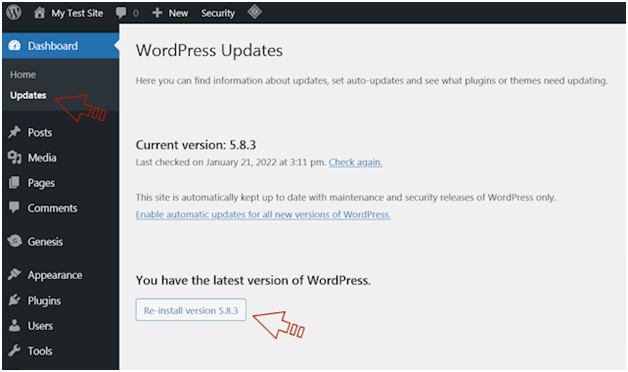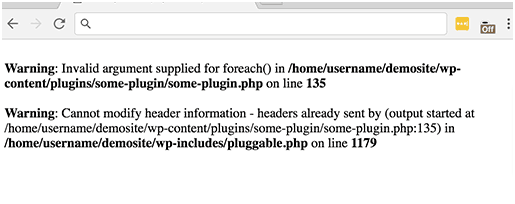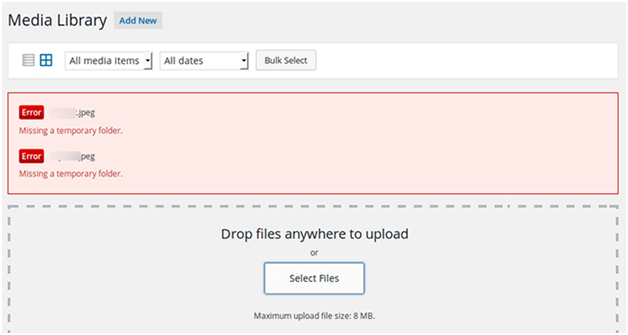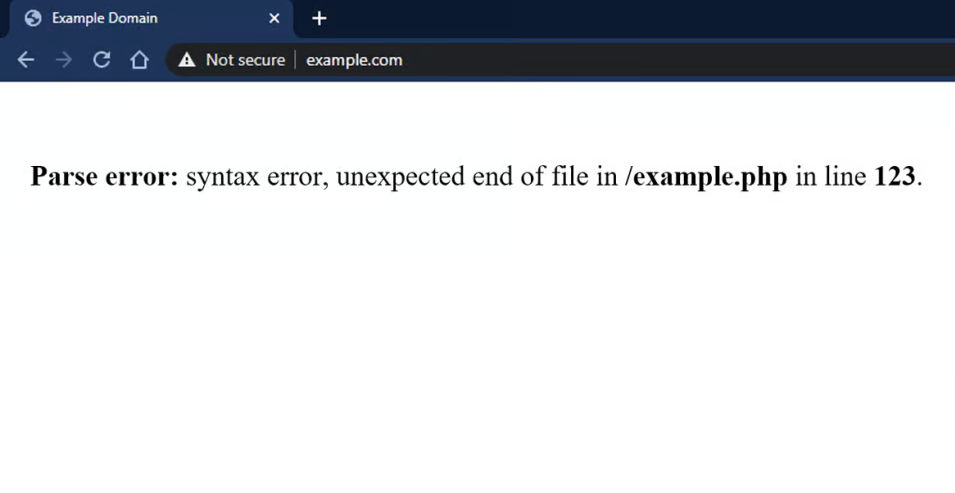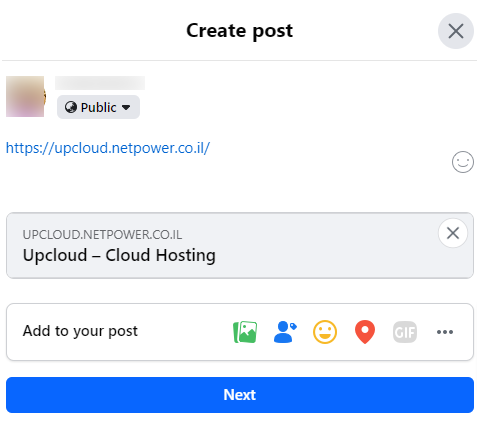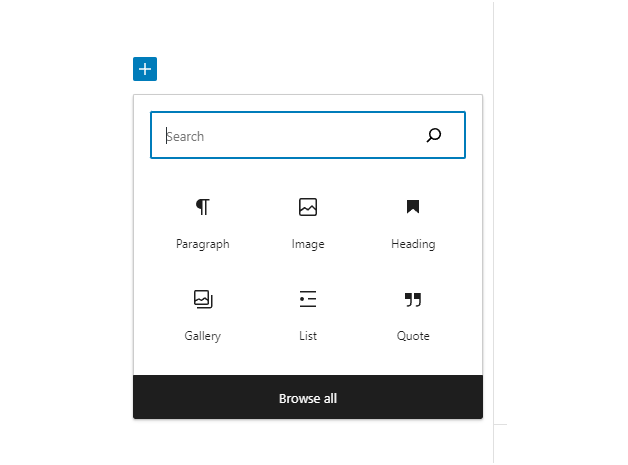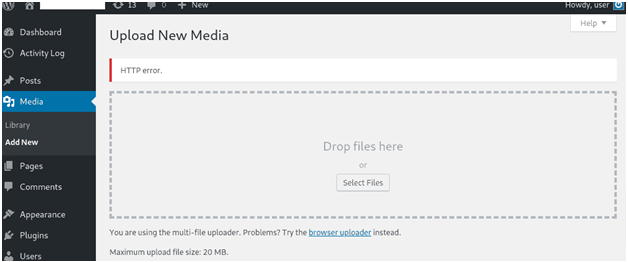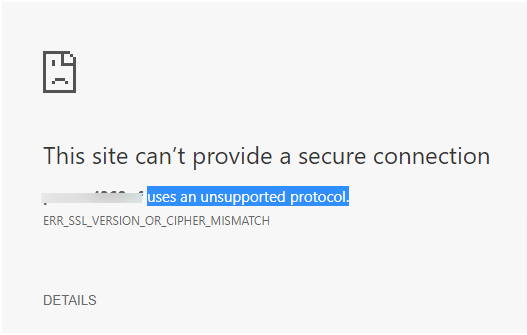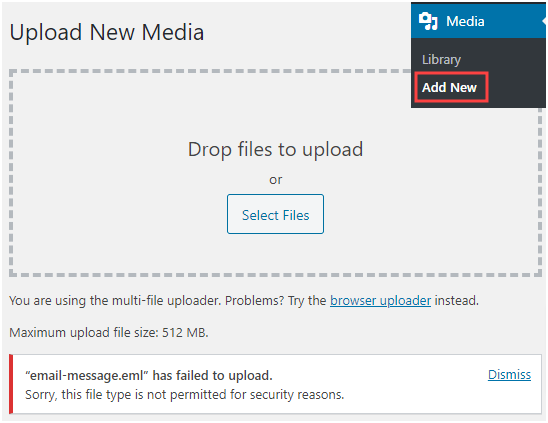Recommended Services
Supported Scripts
WordPress
Hubspot
Joomla
Drupal
Wix
Shopify
Magento
Typeo3
Blog
How to fix corrupted files in WordPress
How to fix corrupted files in WordPress. File corruption can occur if there are server-side errors while updating the database, plugins, or themes. Other common causes include using an outdated version of PHP and misconfigured file or directory permissions. This basically means that when one or more files ...
To Fix the pluggable. php file error
To Fix the pluggable. php file error. Talking about pluggable. php file error, it takes place when you have made an addition of code snippets to the WP website, activated a new plugin, or there is an incorrect coding in WP core files.
The pluggable. php file error infamously ...
To Fix missing temporary folder
To Fix missing temporary folder. A missing temporary folder indicates a problem with the server's PHP settings for your website. Whenever you upload an image, theme, or plugin, WordPress stores this data in a temporary folder. When WordPress cannot locate this folder and attempts to upload an image, ...
To Fix PHP errors in WordPress
To Fix PHP errors in WordPress. PHP errors that you can see on your WordPress site are usually warnings and notices. These are not like internal server error, syntax errors, or fatal errors, which stop your website from loading. Notices and warnings are the kind of errors that ...
How to Fix Facebook Incorrect Thumbnail Issue in WordPress
How to Fix Facebook Incorrect Thumbnail Issue in WordPress. One of the most common reasons behind wrong thumbnail images is having multiple images in the og:image tag. If the other images are bigger than your featured image, chances are Facebook will choose one of them instead.
Fix Facebook Incorrect ...
How to Fix WordPress Add Media Button Not Working
How to Fix WordPress Add Media Button Not Working. when the JavaScript that runs the Add Media button conflicts with another script, the Add Media button stops working.
This is usually the root cause of the Add Media button not working error. There is a similar error that occurs ...
How to fix WORDPRESS HTTP error
WordPress HTTP Error? Here's How to Fix It
How to fix WORDPRESS HTTP error. The "WordPress HTTP Error" that occurs while uploading an image to the Media Library can be frustrating, as it interrupts the smooth functioning of your WordPress site.
This error can happen due to various reasons, and ...
How to Fix ERR_SSL_VERSION_OR_CIPHER_MISMATCH
How to Fix ERR_SSL_VERSION_OR_CIPHER_MISMATCH. This error denotes a problem with the SSL/TLS version or cipher suite of a website's SSL certificate.
This occurs in web browsers when there is an issue with the SSL/TLS handshake process during the establishment of a secure connection between the client (web browser) and ...
How to Fix Sorry, You Are Not Allowed to Access This Page
How to Fix "Not Allowed to Access This Page" on WordPress
Not Allowed to Access This Page. This is basically a WordPress default message when you don't have the right user level to access the page.
This usually occurs when a user attempts to access a web page or ...
How to Fix Sorry, This File Type Is Not Permitted for Security Reasons Error in WordPress
Fix "File Type Is Not Permitted" Security Issue
How to Fix Sorry, This File Type Is Not Permitted for Security Reasons Error in WordPress. This error appears when you try to upload a prohibited file type. The reason behind these restrictions is to prevent security issues due to ...
